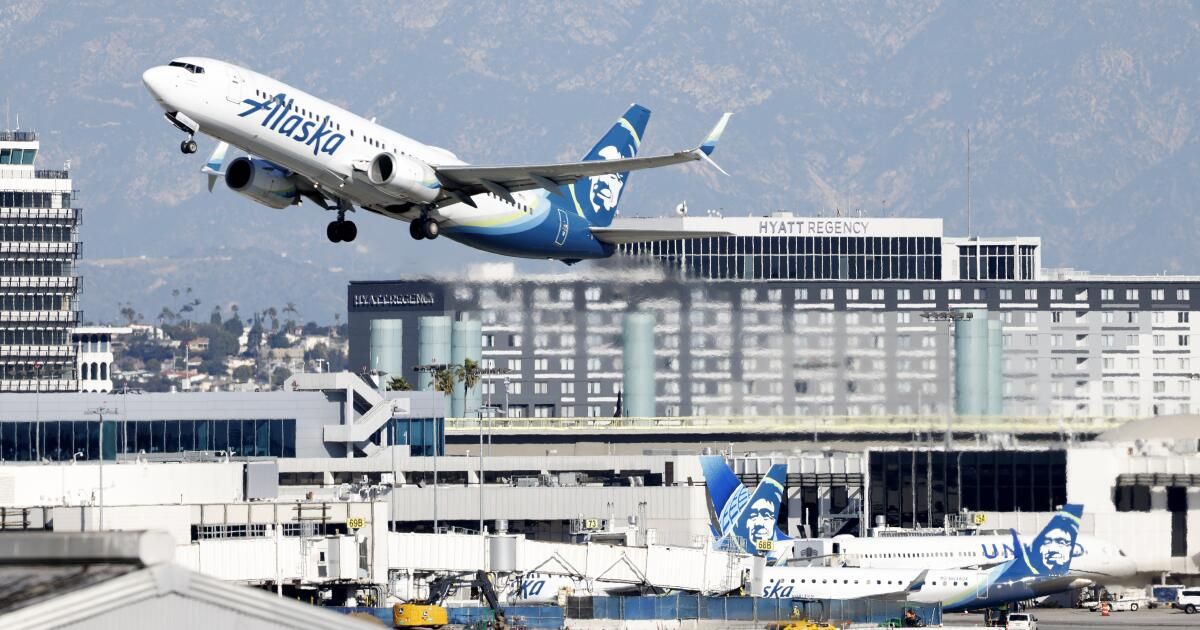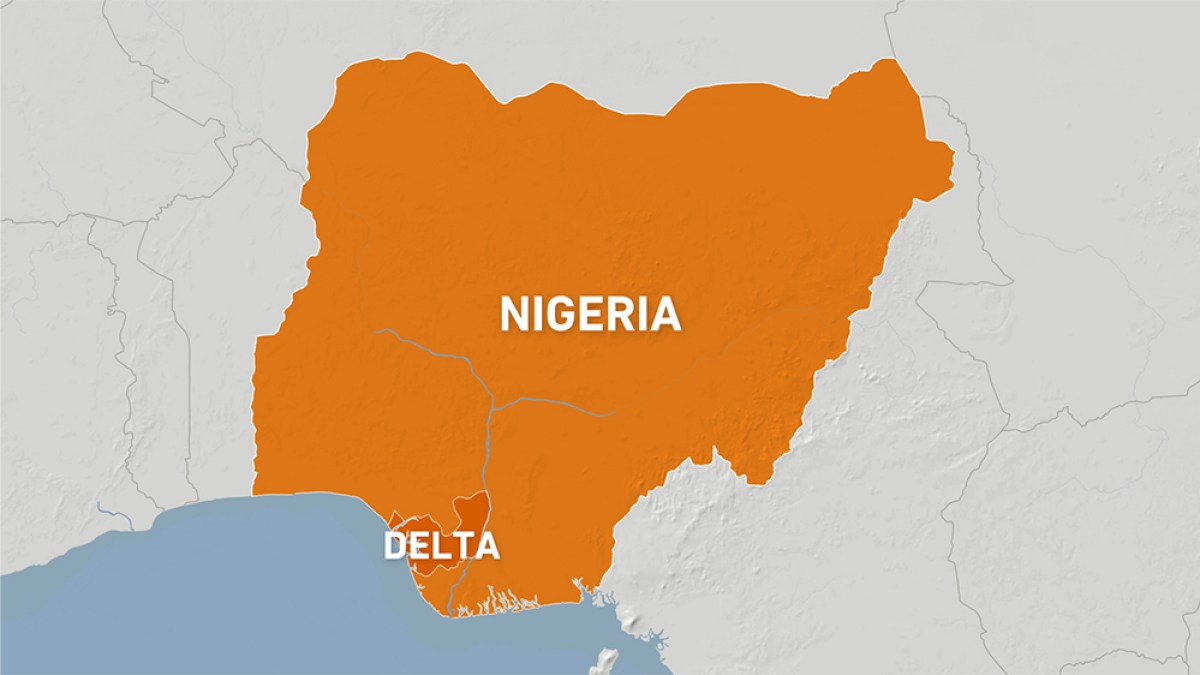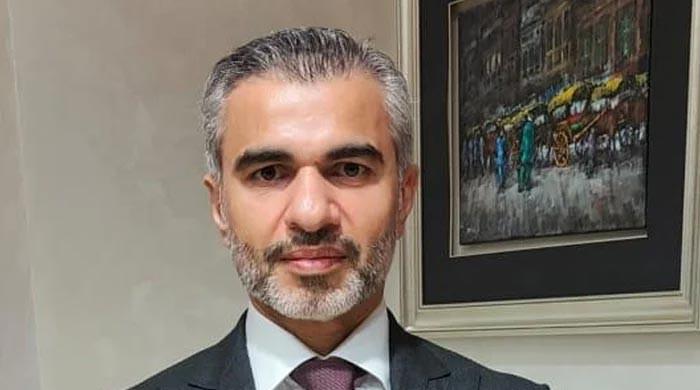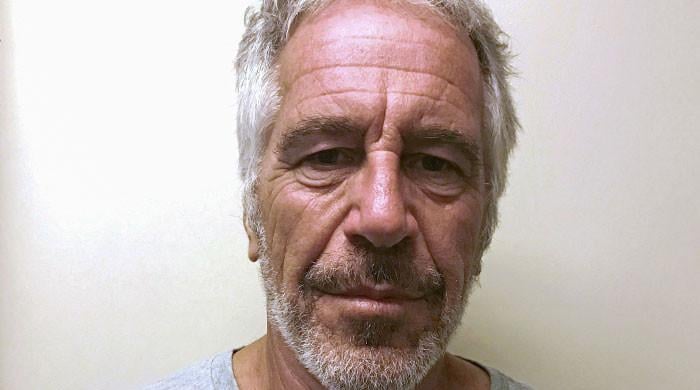The terrifying moment the door plug on a Boeing 737 Max 9 suddenly opened while the plane was 16,000 feet in the air was a “mistake” that “can never happen again,” the airline's chief executive said , Dave Calhoun, during a public company meeting.
Calhoun told employees Tuesday, “We're going to approach this with 100% transparency every step of the way” while “acknowledging our mistake.”
“This matters,” he said. “Everything matters. Every detail matters.”
But nearly a week after the alarming incident, which reportedly ripped a teenager's shirt and the headrests off some seats, it's still unclear what exactly went wrong and why a hole opened up in the side of Alaska Airlines Flight 1282 when It approached cruising altitude on its scheduled voyage from Portland, Oregon, to Southern California.
Meanwhile, the effects of the airborne ordeal continue to be felt. Alaska Airlines said Wednesday it would cancel all scheduled flights aboard 737 Max 9s at least through Saturday to allow time for inspections.
The decision is expected to affect between 110 and 150 flights daily, according to the airline.
“We regret the significant disruption caused to our guests by cancellations due to these aircraft being out of service,” the airline said in a statement. “We hope this action gives guests a little more certainty and we are working around the clock to reaccommodate affected guests on other flights.”
Boeing released a video of a brief portion of Calhoun's comments to employees days after the Federal Aviation Administration grounded all 737 Max 9 aircraft and issued an emergency airworthiness directive calling for all Max 9s to be plugged. in the mid-cabin doors were inspected before returning to the air.
It is unclear how long the planes will be out of use.
Calhoun on Tuesday praised Alaska and other airlines, saying that although it was a difficult decision, grounding the planes “potentially prevented another accident or another moment.”
The National Transportation Safety Board, which is investigating the incident, said Tuesday that investigators were still trying to locate four missing bolts that were supposed to prevent Flight 1282's door plug from moving up and opening wide. in pairs in mid-flight.
The door plug in question occupied an additional emergency exit that Alaska did not use in its modified 737 Max 9 design.
It is unclear what role, if any, the screws played in the incident. NTSB officials also said they were transporting the door plug to their laboratory in Washington, D.C., to determine if the bolts were missing before the flight or if they broke due to the incident.
Earlier this week, Alaska and United Airlines also reported finding loose bolts on some of their 737 Max 9 planes during inspections prompted by Friday's flight, which was supposed to land in Ontario.
Jennifer Homendy, chairwoman of the NTSB on Tuesday said the agency was aware of reports from other airlines about the screws, but was focused on trying to figure out what specifically happened to Flight 1282.
“We need, first and foremost, to find out what happened to this plane,” he said. “If we have a major system-wide or fleet-wide issue, we will issue an urgent safety recommendation or push for a change.”
Calhoun said Boeing was working with the NTSB on the investigation.
NTSB investigators had also been investigating a warning light on Flight 1282 that had come on three times in the past month, indicating a possible problem with pressurization.
Alaska Airlines had restricted the plane from flying on transcontinental routes, according to the NTSB.
However, on Tuesday, Homendy said the system appeared to have been working as intended and was not the cause of the door plug ejection.












